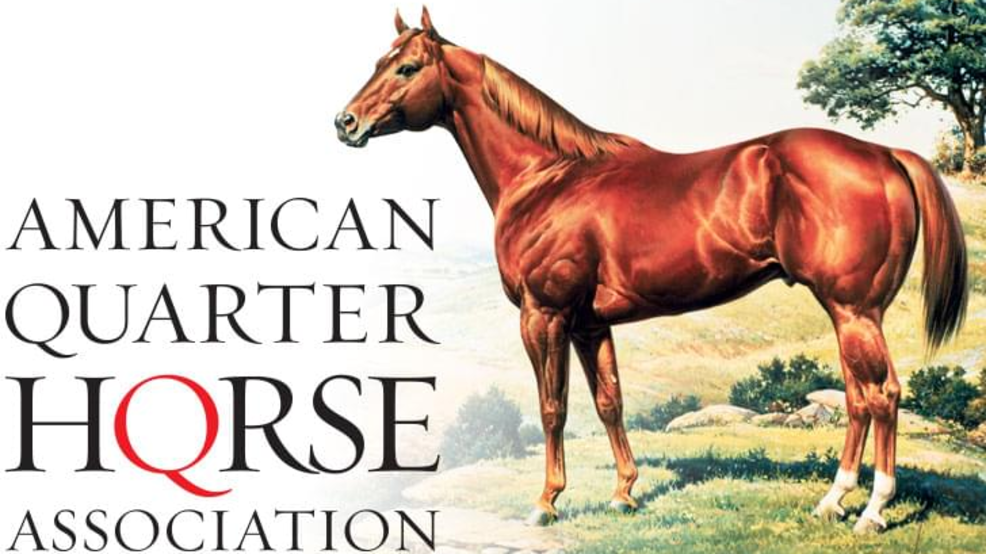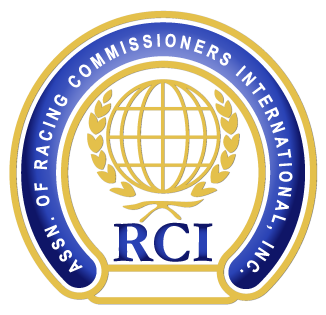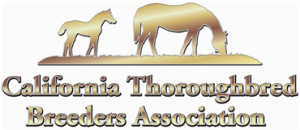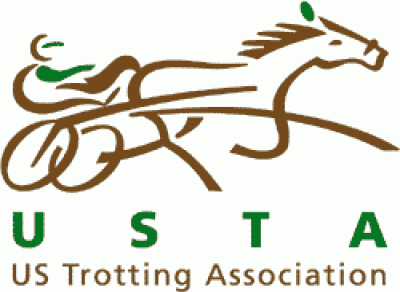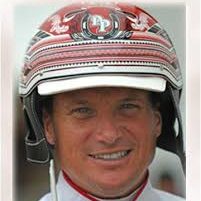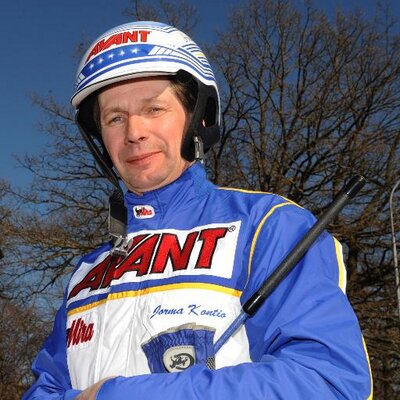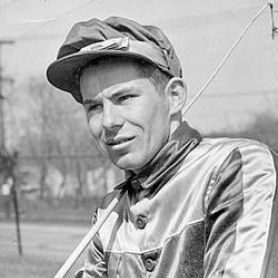Harness racing is a form of horse racing in which the horses race at a specific gait (a trot or a pace). They usually pull a two-wheeled cart called a sulky, occupied by a driver, although in Europe, jockeys riding directly on saddled trotters (trot monté in French) is also conducted.
Harness racing
History
Harness Racing in Australia has a very long and rich history. Dating back to the early 19th century, harness racing has long been a popular and important sport for spectators, participants and punters alike.
Standardbred horse racing grew steadily in popularity due to the more affordable nature of the animal. Thoroughbred horses – raced in ‘the sport of kings’ – were unaffordable for many families and potential participants in the 19th century, however many had access to a Standardbred horse that may have been suitable for racing.

Rules
Differing national horse racing organizations may have differing rules concerning how horse races should be run. However, by and large, the vast majority of rulebooks are very similar with many being based on the British Horseracing Authority’s original rulebook .
- All flat races must be started from starting stalls or a starting gate.
- All steeple chases, hurdle races, and jump races must be started with a starting gate or a flag (requires special permission).
- In extraordinary or emergency circumstances, any horse race, regardless of type, may be started with a flag as long as the starter decides this or the steward’s permission has been sought.
- A false start will be declared if the starter considers that a horse has broken away before the race has started.
- Riders must then attempt to ride their horses to the best of their ability in an attempt to win the race. Disqualifications and further sanctions may occur if, in the steward’s opinion, the rider has not done this.
- Riders must ride in a safe manner and follow the prescribed course, jumping every hurdle (if present).
- To complete the race, a rider must cross the finish line on his horse.
- Depending upon the particular race, there will usually be an amount of prize money to be split amongst the first, second and third finishers.
Equipments
Perhaps the most important piece of ‘equipment’ in horse racing is the horse. Those suitable for horse racing include Thoroughbreds, Arabian horses, and Quarter horses. Differing national organizations may have their own rules as to what horses can compete.
All riders wear a helmet and all carry a whip too. This can be a controversial piece of equipment as it is used to whip the horse to spur it on to go faster. On some countries, jockeys are allowed to use the whip whenever and as much as they like, although some countries like the UK limit the number of times it can be used to prevent any distress to the horse.
Associations
- Association of Racing Commissioners International.
- Oregon Racing
- The American Quarter Horse Association.
- United States Trotting Association.
- California Thoroughbred Breeders Association.
- Grayson-Jockey Club Research Foundation, Inc.

